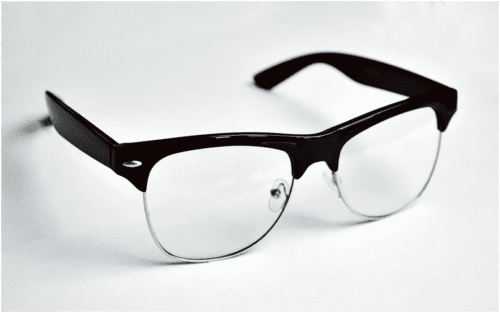
If you want to see clearly at night, you need some piece of night vision equipment. Whether it’s night vision goggles, a camera, binoculars, or anything else outfitted with night vision capabilities, the fact remains true.
But, unfortunately, not everyone has access to night vision goggles or the like. Most users tend to be professionals who need night vision tech while on the job or those of us with enough disposable income to allow buying a pair of night vision goggles.
That leaves out a large chunk of the population who would benefit from (or simply enjoy) the experience of using night vision tech. Children hoping to learn more about the night sky or avid bird watchers come to mind.
Night vision, however, may become far more accessible in the near future thanks to a recent innovation from the Australian National University. Researchers at ANU have just developed a lightweight material that can grant night vision capabilities to almost any pair of glasses, which may dramatically lower the cost of having your own pair of night vision glasses.
A standard pair of night vision goggles works by converting incoming photons into electrons that then illuminate a screen to form a visible picture of the users immediate surroundings. This process requires a fair bit of energy, with most night vision goggles being electrically powered.
The innovative material created by the team at ANU can do the same, but without the need of a power source. The material, or nanocrystal as it is described, is able to transmute photons on the infrared spectrum into visible light all on its own. When attached to a lens, this then allows a person to see in the dark.
Mohsen Rahmanni, a researcher on the ANU team, simplified the process when speaking to New Atlas. “With this technology, we don’t need electricity anymore” said Rahmanni, “we directly convert light to light, we just change the color and the frequency.”
A major breakthrough made by the ANU team was actually placing this unique nanocrystal onto a glass plane. In its current stage, however, the nanocrystal is quite small, being only 300 nanometers wide. The nanocrystal also has another drawback, in that an intense source of light is needed for the material to convert infrared light to visible light.
The team believes, however, that the nanocrystal could be made more sensitive and efficient. Then, if scores of nanocrystals are placed all over a glass-like material, then functional night vision could be achieved, even with a regular pair of glasses.
We’re a long way off from that point, though, as the ANU team is still working hard to perfect the night-vision-granting-nanocrystal. So if you do want to be able to see into the dark then night vision goggles are still your best route and likely will be for some time.
Still, the nanocrystal material does point to a new path night vision technology could take. Perhaps in the near future people will be able to pay a bit extra for glasses or binoculars with an added layer of night vision nanocrystal.
For a visual breakdown of the nanocrystal, check out the YouTube video here.
 Gearfuse Technology, Science, Culture & More
Gearfuse Technology, Science, Culture & More


